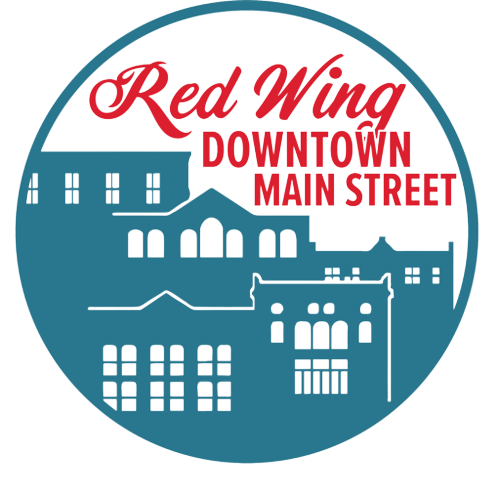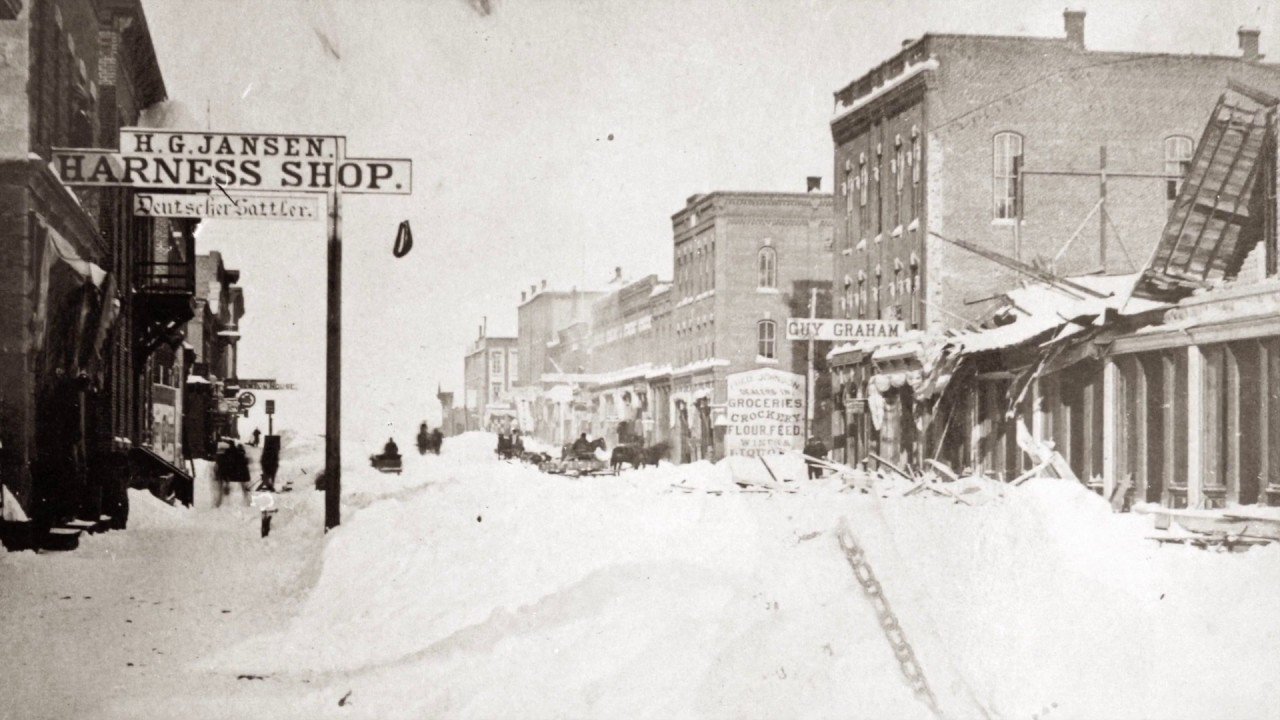Gladstone Block
Built: 1886
National Register of Historic Places: 1979
Architecture Style: Romanesque Revival
Architect/Builder: Robert Berglund
(stone contractor)
Currently: Rak Boutique/Dr. Kroll’s Health Solutions
New Years Day, 1886: A blizzard swept through Red Wing and the unfinished Gladstone Block “yielded to the great pressure of snow and fell with a terrible crash.”
Reporting on this calamity, the shocked Advance Sun newspaper wrote, “It would have been pronounced, judging by appearances, to have been one of the strongest buildings in the city.” That’s because the Gladstone Block was constructed of imposing local limestone.
It is a prominent example of Red Wing’s bountiful limestone production which began in 1871 when Gustavus Adolphus Carlson–no relation to Gustavus Adolphus College which was originally established in Red Wing–founded the first lime kiln. The purpose of the kilns was to heat limestone to reduce it to powdered lime, which could then be used as mortar for the constant construction projects in the growing region. Visitors can still see one of Carlson’s kilns on He Mni Can/Barn Bluff.
While processed lime was the primary reason for extraction, the stone itself was used in building construction. It was mostly used for the foundations of buildings, but plenty of the area’s new structures consisted entirely of limestone. These included the Gladstone Block, multiple local churches, and the Minnesota Juvenile Correctional Facility. Red Wing limestone was also famously used in the construction of the Minneapolis Stone Arch Bridge.
With all of this need, a railroad spur was built along the bluffs so lime could efficiently be loaded onto rail cars. At its peak, there were 16 quarry companies in town. However, the prolific quarrying of the bluffs stirred controversy.
The dynamite used to remove limestone became a recurring nuisance to the local populace. Explosions were heard and felt as far as 12 miles away. The amount of wood needed to heat the kilns led to deforestation in the surrounding area, and many townspeople began to worry that the natural beauty of the bluffs would be quarried away. Protests led to the end of the industry locally in 1908, and with the establishment of a park on Barn Bluff/He Mni Can in 1910, Red Wing closed the book on any potential return to quarrying on He Mni Can and Sorin’s Bluff.
Unsurprisingly given his financial history, and ironic due to his prolific building habits, the park was largely funded by James Lawther, the man who twenty years earlier paid for the construction of the Gladstone Block.








